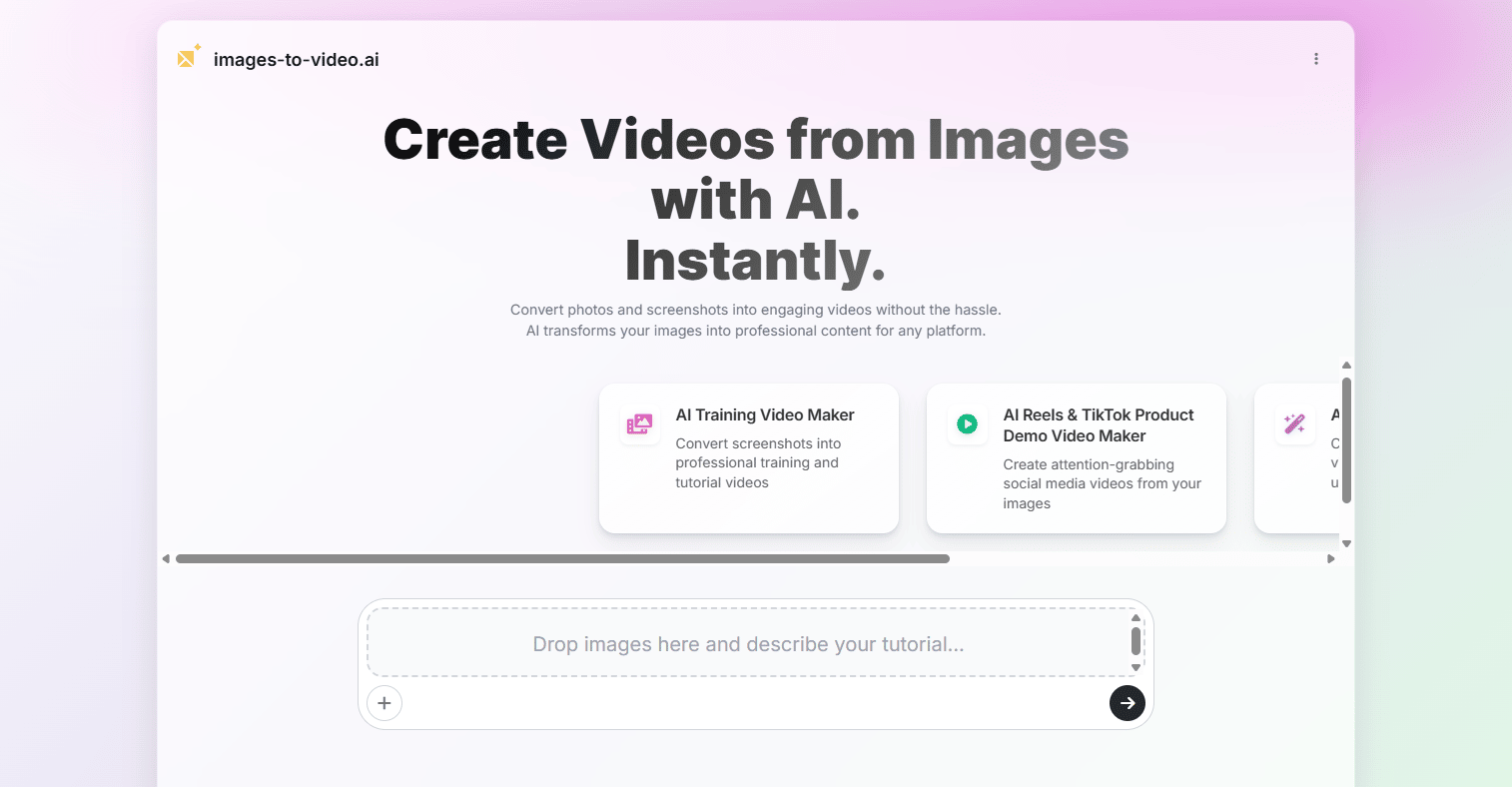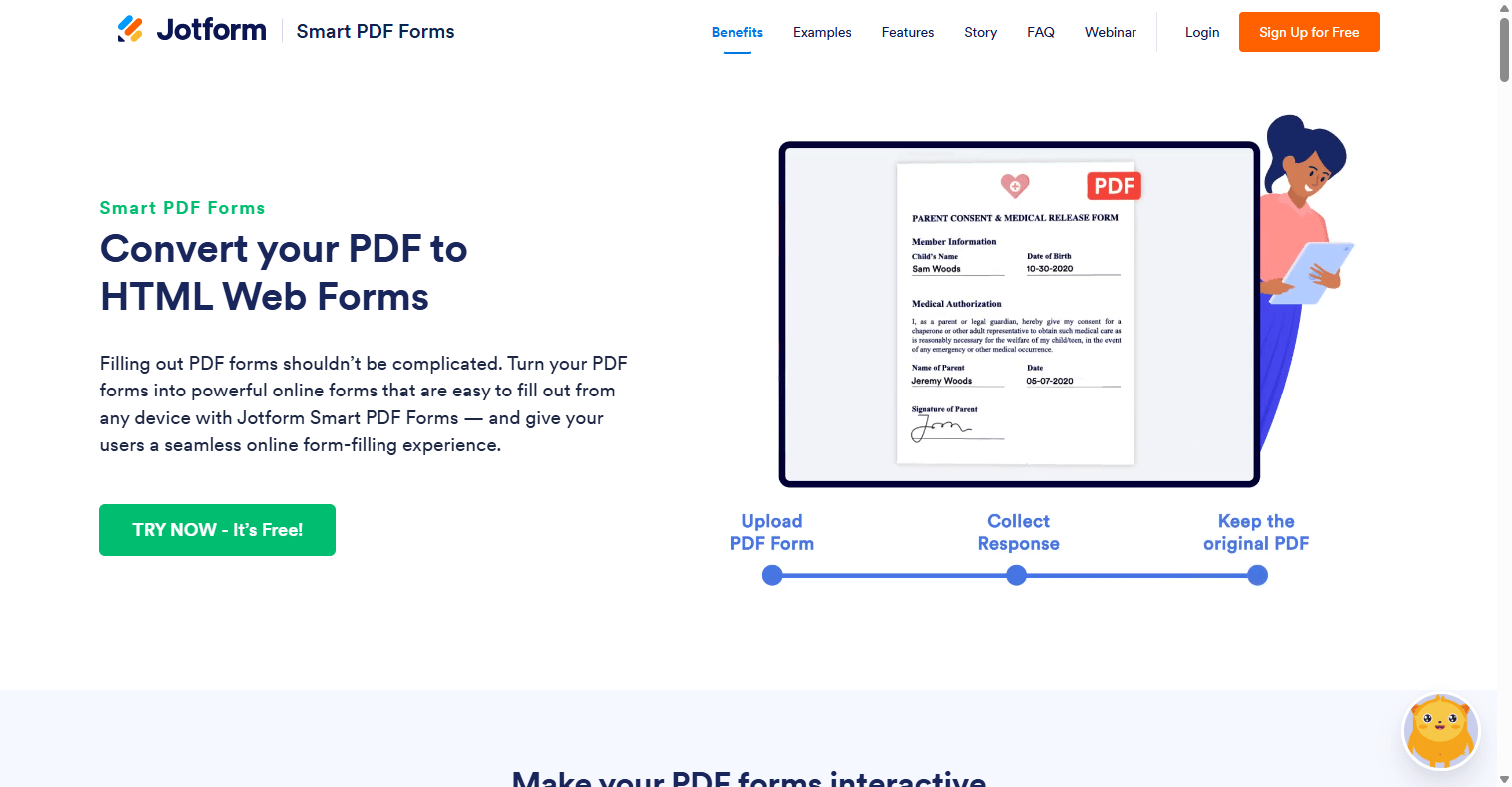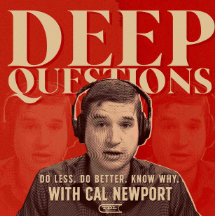|
“The beneficial effects of getting just a little play can spread through our lives, actually making us more productive and happier in everything we do.”
― Stuart Brown
What if play isn’t just a reward for finishing your work—but the secret to doing it well in the first place? For me, a quick burst of silliness or curiosity can clear the mental cobwebs, spark fresh ideas, and turn the day’s grind into something you actually want to tackle. Thinking about it now, some of the people I value most are the ones I can be playful with. What place does play have in your world?
Thanks for reading!
|
|
|
sponsored
Join the iSpring Membership Club for just $27
If you’re busy designing learning projects for others but never find time for your own growth, consider being a member of the iSpring Club! This is a monthly subscription packed with hands-on resources, live expert roundtables, and a unique opportunity to network with peers dealing with the same challenges. Hurry to join at the early-bird price of just $27!
|
|
|
📰 News & Notes
Articulate vs. Parta: Time to Switch?
The Rundown
Articulate costs $1,200-1,500 per user annually, while Parta offers tiered pricing starting at $300-600 yearly. The core difference: Articulate requires one-person-at-a-time editing, while Parta enables real-time collaboration. Parta integrates authoring, reviewing, and version control in one platform versus Articulate's separate applications.
Quick comparison:
- Articulate wins: Community support, accessibility, job market recognition
- Parta wins: Team collaboration, mobile design, cost-effectiveness, design flexibility
The Context
Teams face mounting pressure for faster delivery, better mobile experiences, and tighter budgets. Articulate remains the industry standard, with proficiency listed on most instructional design job descriptions. But newer tools address workflow pain points with features like wider design options and collaborative authoring.
Why It Matters
Your tool choice directly impacts productivity, costs, and collaboration quality. Solo developers needing complex interactions should stick with Articulate. Collaborative teams prioritizing flexibility, efficiency, and budget should consider Parta. As e-learning evolves beyond static content, development tools must evolve too.
How might your current authoring tool choice be limiting your team's potential versus enabling it?
|
|
|
AI won’t make us dumber — if we use it right
The Rundown:
Despite worries from a recent MIT study, "Your Brain on ChatGPT," that AI tools will atrophy our thinking, Ethan Mollick explains that they can actually enhance learning and performance when used well.
(The podcast below also explores this question of 'Cognitive Debt')
The Context:
- AI doesn’t cause “cognitive offloading” in a vacuum — people still apply judgment, reflect, and improve.
- Early research found that LLMs can boost creativity, reasoning, and skill development, rather than replacing them.
- Most fears about AI harming our minds are rooted in outdated models (like calculators making us worse at math), which ignore how people adapt.
- The key is treating AI as a partner in thinking, not a crutch.
Why it Matters:
As L&D leaders, you have a rare chance to guide how AI is introduced and modeled across your organizations. Framing AI as a tool for active engagement, rather than passive automation, can unlock higher-order skills — and help employees stay curious and capable in an era of fast change.
How can you design learning experiences that encourage employees to co-think with AI instead of relying on it to think for them?
|
|
|
Graphics in E-Learning: When Pretty Pictures Backfire
The Rundown
Adding graphics to text can improve student learning, but not all graphics are equally effective. A study with 200 university students found that while any type of graphic increased satisfaction ratings, only instructive graphics (relevant to learning goals) improved actual recall performance. Seductive graphics (interesting but irrelevant) hurt learning, while decorative graphics (neutral but irrelevant) had no impact.
Key findings:
- Any graphics = higher satisfaction ratings
- Only relevant graphics = better learning outcomes
- Attractive but irrelevant graphics = worse performance
The Context
The multimedia principle states that people learn better from words and pictures than from words alone. However, L&D professionals often add visually appealing but irrelevant images to make courses more engaging. Photos are widely available and frequently inserted without considering their relevance to learning objectives.
This creates a disconnect: learners enjoy attractive graphics, but these same graphics may hinder actual learning.
Why It Matters
The multimedia effect is qualified by the coherence principle: adding relevant graphics helps learning but adding irrelevant graphics does not. For L&D professionals, this means choosing images based on learning objectives, not visual appeal. Satisfaction scores don't equal learning outcomes—only relevant graphics improve performance.
How often do you select course visuals based on learner engagement versus direct relevance to learning objectives—and what might this mean for your training effectiveness?
|
|
|
sponsored
Do you want your teams to work smarter, learn faster?
JoySuite combines workflow productivity and personalized learning in one seamless experience to empower your people in the age of AI.
Join Chris and Dan on Wednesday, July 16, at 12 noon CT to explore how JoySuite’s AI-powered platform delivers the support your knowledge workers need.
|
|
|
🧰 Tech Tools & Tips
If tools are your jam, check out my Work Smarter newsletter.

Video From Images
Convert screenshots and photos into engaging videos with narration added automatically
|
|

PDF to Web Forms
Turn PDF forms into powerful online forms that are easy to fill out from any device
|
|
|
|
🎧 Podcast of the Week
This is the conversation that caught my ear this week. Check out previous episodes in the Friday Finds podcast playlist.
Should We Fear Cognitive Debt?
Is AI a partner or a crutch for deep work? A new MIT study on AI-assisted writing sparks a critical debate. This conversation breaks down the research to help L&D leaders navigate the evolving landscape of work and learning.
|
|

|
|
|
|
🧳 Where’s Mike?
If you or your event needs a speaker or workshop that is highly interactive and super practical, we should talk.
|
|
|
Subscribe to this newsletter
"Friday Finds is essential for staying current in the ID industry. The quick takeaways on each article are a huge time-saver." -JM |
|
|
Like this newsletter? Share it with someone you love. Don’t like it? Share it with someone you don’t!
Friday Finds is an independent publication that I produce in my free time. You can support my work by sharing it with the world, booking an advertising spot, or buying me a coffee.
|
|
|